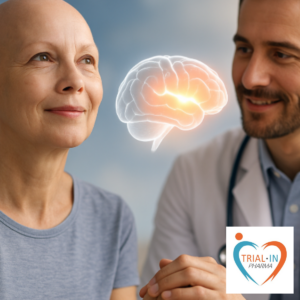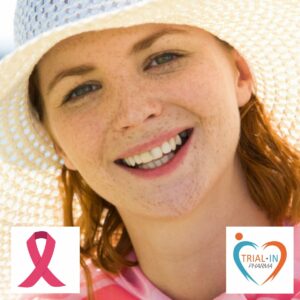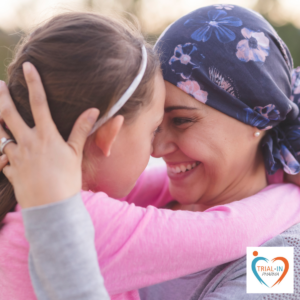A number of our clients told us that their oncologist told them that a “Phase I study is an experiment in animals”
The brother of one of our patients called in disappointment and said that this is what their oncologist told them in response to our report, and when I asked what treatment his sister is offered, he replied “no treatment.”
Today, six months after her meeting with the oncologist, her brother is in the United States meeting experts and world opinion leaders about his sister’s cancer. We guide him with whom to meet and he goes from one to the other with our report – and is equipped with other treatments as well – in an attempt to find a cure for his sister or at least a drug that will prolong her life and improve her quality of life.
- A statement like “Phase I study is an experiment in animals” is incorrect, misleading and intimidating. These are the kind of statements that cannot be said and you should be alert for hiding agendas, for example, a desire to leave the cancer patient and his family paralyzed and in the dark depends entirely on the oncologist.
Let’s do some order
- Trials not done on humans are “pre-clinical studies”. Hence, animal trials or Petri dish research is a “pre-clinical study.”
- A study involving human subjects falls into the category of “clinical study.”
- Trial-in-Pharma deals only with clinical studies, that is, in humans.
- If the results in pre-clinical studies are positive, the same cancer drug being tested is proven to be safe and has anti-cancer activity, only then can we proceed with it to a human clinical trial.
- The transition from pre-clinical to clinical is not a trivial matter: there are methodologies and complex models used to evaluate and calculate the dosage of the drug in the transition from an animal model to a human being. This transition is controlled and carefully monitored. Experts in the world’s health authorities and in the various ethics committees, review all the information, the data and the calculations, and only if they are convinced that the calculations are correct, that the safety information shows that it is possible to pass on to humans and that the drug will not pose a danger to people who receive it at the initial dose, they approve study in humans.
- A clinical trial program usually consists of four stages or “phases”. At each stage, the drug being tested on humans must meet strict safety and efficacy requirements to move on to the next phase. The first phase in a cancer clinical study usually involves a small group of cancer patients, 6 patients. Start with the drug at very low dose and only one patient gets it, study staff follows the patient and only when they conclude the drug is safe, they continue to the next patient at a higher dose and so on until the sixth patient.
- Phase I studies may be with a drug already approved in other cancer types or with a new drug.
The questions that are asked in the first phase about a drug that has not yet been tried in humans, a completely new drug
- Does the drug ever reach the organ to which it is supposed to reach? Perhaps it disintegrated in the body before it reached the target organ, i.e., the tumor
- Is the drug safe? Were there side effects and what were they? …
- How does the drug spread in the body? ….
- How does the body take the drug out of it? ….
- What is the highest dose given to the drug with minimal side effects? ….
- Is it possible to detect initial signs of anticancer activity? Are you beginning to see efficacy of the treatment? ….
- And more
The questions that are asked in the first phase about a drug that has already been tried in cancer patients but not in patients with the type of cancer that are now looking at efficacy
- Does the drug ever reach the organ to which it is supposed to reach? Perhaps it disintegrated in the body before it reached the target organ, i.e., the tumor
- Is the drug safe? Were there side effects and what were they? …
- What is the highest dose given to the drug with minimal side effects? ….
- Is it possible to detect initial signs of anticancer activity? Are you beginning to see efficacy of the treatment? ….
- And more
In conclusion
- Phase I study is a human research; some phase I studies are with drugs that have already been tested in humans and have been approved by the health authorities.
- Take responsibility for your life and manage the disease.
- We’re here for you; do not stay paralyzed in the dark, turn to us







